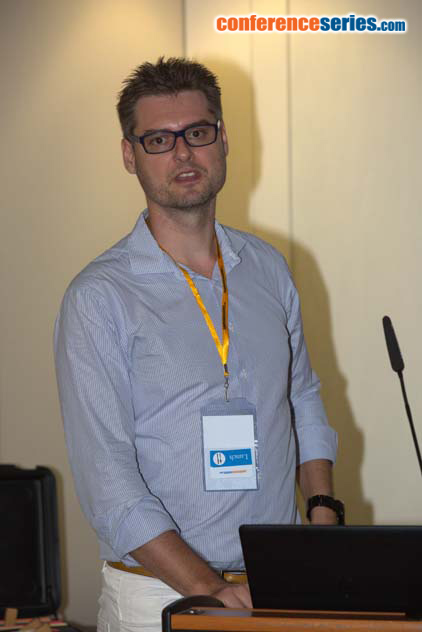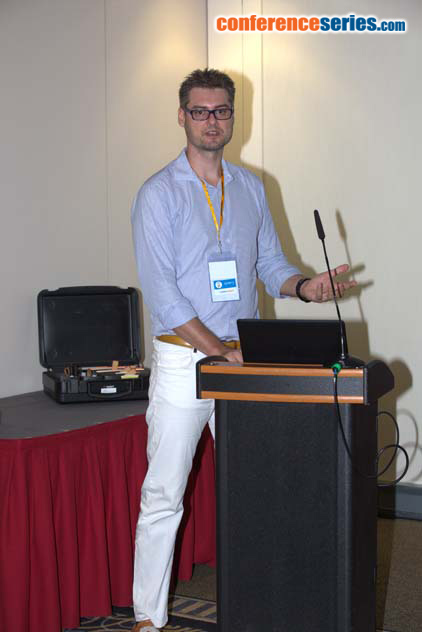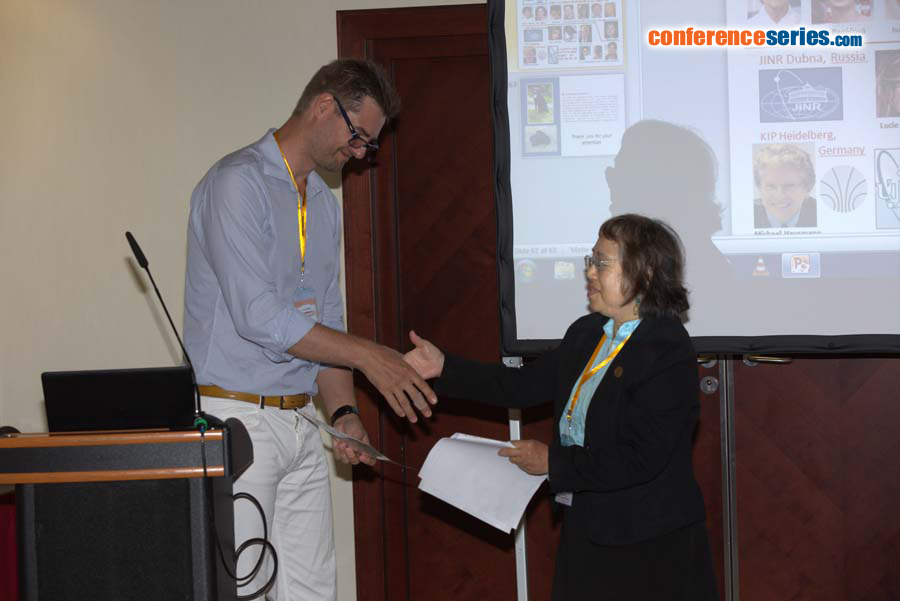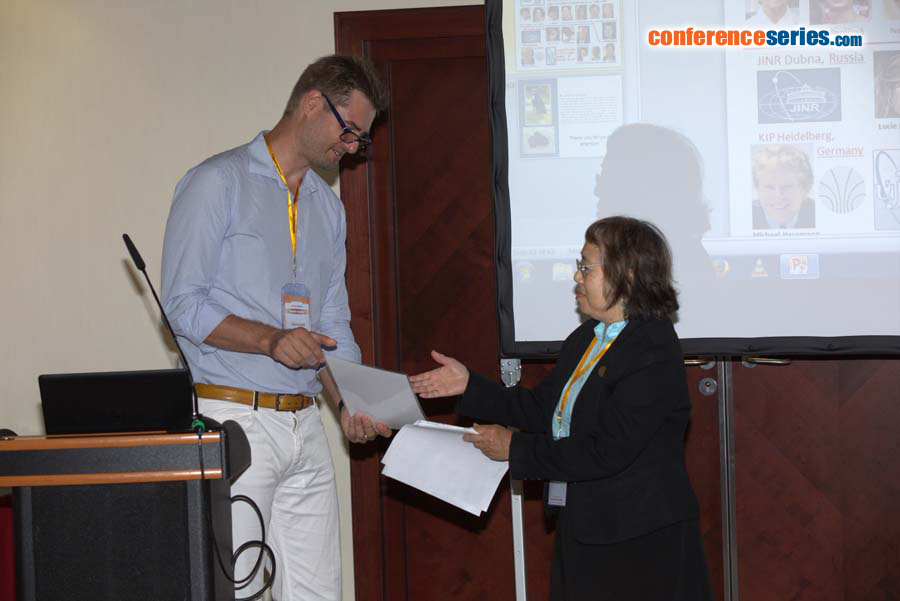
Martin Falk
Institute of Biophysics of CAS, Czech Republic
Title: Tumor cell radiosensitization-ion beams and metal nanoparticles
Biography
Biography: Martin Falk
Abstract
Many tumors are resistant to current radiotherapy while ion beam cancer therapy (IBCT) and metal nanoparticles may allow for partial overcoming of this problem. Accelerated ions provide superior therapeutic results over gamma-rays since they are able of inducing complex DNA damages that can be repaired only with difficulty by tumor cells; accelerated ions can also be better focused to the tumor due to energy deposition characteristics (Bragg peak). Selective targeting of radiation effects to tumors can further be improved by metal nanoparticles, such as gadolinium, gold, or platinum nanoparticles studied in our work. These nanoparticles are preferentially internalized by tumor cells and have been recognized to locally amplify the radiation dose upon irradiation. Hence, nanoparticles delivered in tumor cells might increase tumor-specificity and efficiency of radiotherapy at the same time. Importantly, though physical mechanisms related to radiation dose amplification by nanoparticles have been already well described, cellular structures targeted by nanoparticles remain unknown. In this work, we will first discuss biological effects of different kinds of ionizing radiations on normal and tumor cells. Consequently we are going to present quite surprising results on a possible mechanism of nanoparticles-mediated radiosensitization: Under the conditions where 2 nm gadolinium nanoparticles amplify the radiation effects, they remain localized in the cytoplasm and their influence on DSB induction and repair is not significant. This suggests that the radiosensitization mediated by gadolinium and potentially (some) other nanoparticles (of defined parameters) are a cytoplasmic event that is independent of the nuclear DNA breakage, commonly accepted as the main cause of radiation-induced cell killing. Based on recognized intracellular localization of nanoparticles studied, we hypothesize about possible non-DNA targets for (some) nanoparticles.







